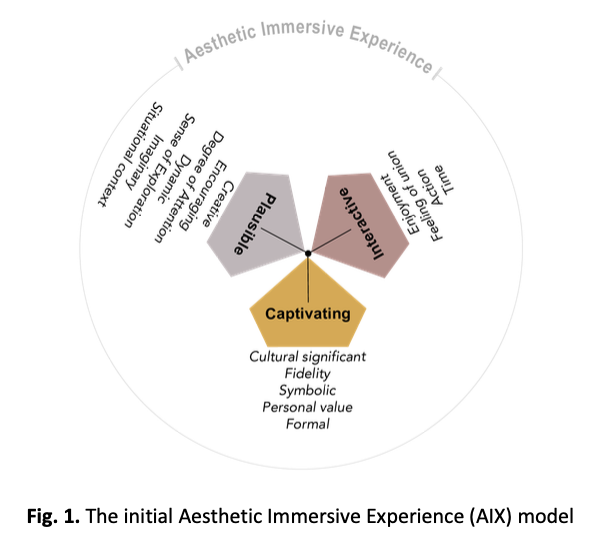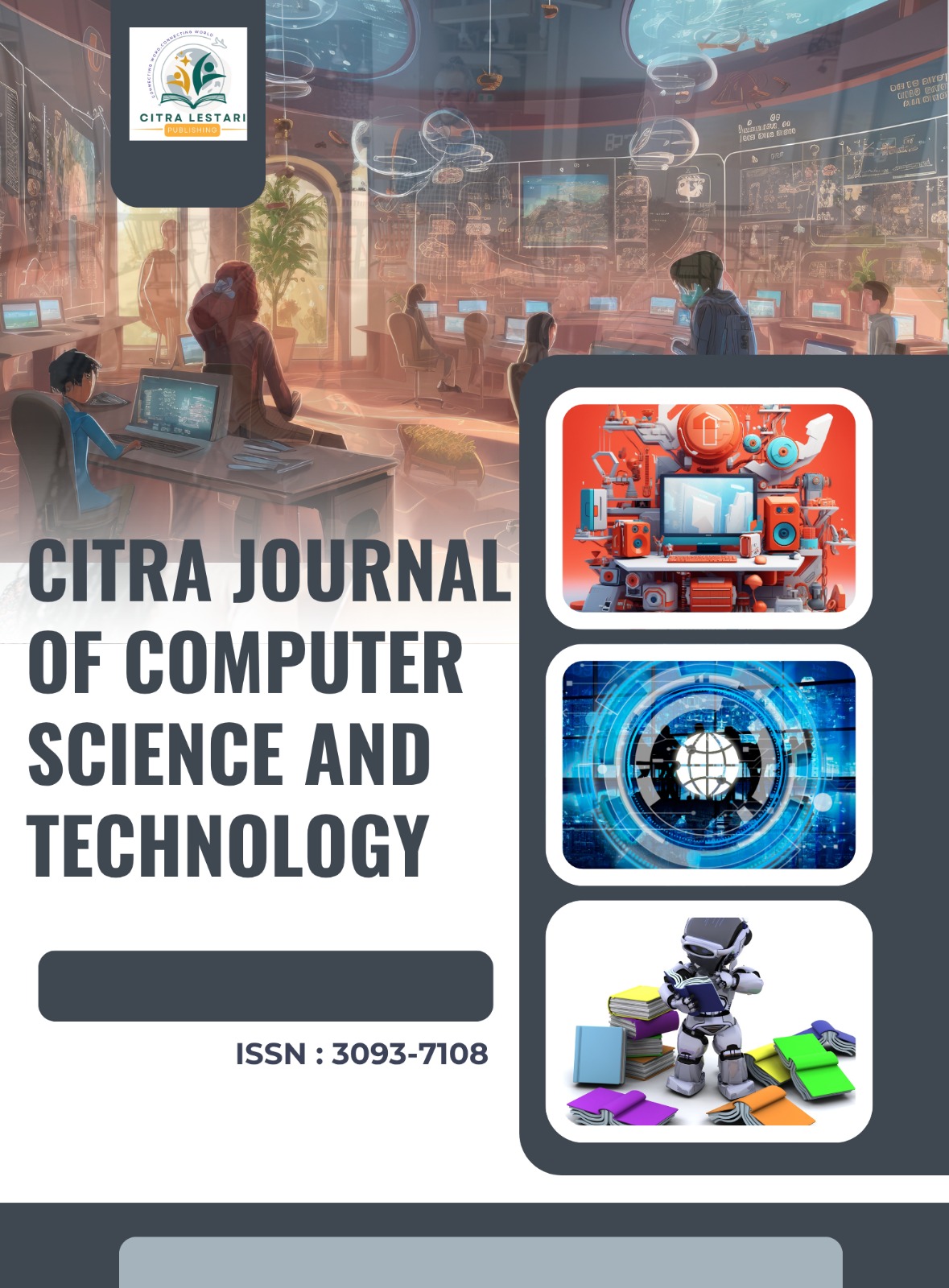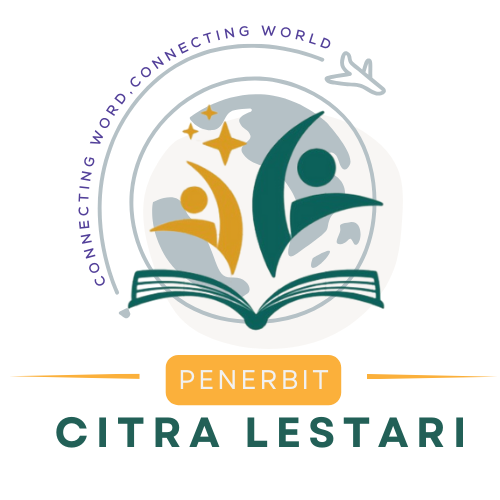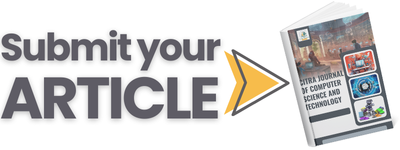Virtual Reality Historical Event: Exploring Aesthetic Immersive Experience Dimensions Using Exploratory Factor Analysis (EFA)
DOI:
https://doi.org/10.37934/cjcst.1.1.2945Keywords:
Virtual reality, historical event, immersive experience, aesthetic, Exploratory Factor AnalysisAbstract
The virtual museum experience is pivotal to the human-computer interaction (HCI) field, which shapes immersive technology products' design and development methodology from both technicalities regarding user experience and aesthetic perspectives. However, valid tools examining both aesthetic and immersive experiences are lacking. Therefore, this study examined the dimensionality of the users' aesthetic immersive experience towards virtual reality (VR) historical events and developed a novel Aesthetic Immersive Experience Questionnaire based on cognitive, perception, and emotional dimensions. Then, data gathered to examine its reliability by employing Exploratory Factor Analysis (EFA). A previous study showed that EFA is a statistical method for most decisions in various research areas, among the best practices for gaining reliable empirical findings. Hence, this paper aims to report the process of EFA decisions upon constructs or dimensions, elements or sub-dimensions, and measurement items of aesthetic immersive experience to validate the VR historical event experience. The implementation of the method commenced with developing a novel questionnaire consisting of 3 dimensions and 16 sub-dimensions with 48 items constructed based on the aesthetic immersive experience sub-dimensions established from the literature review and expert consensus during the Fuzzy Delphi process. A total of 99 samples comprised of Generation Y and millennials who knew the creative fields and information technology were selected to answer the questionnaire after exploring VR historical event applications. The initial items were subjected to the EFA process through five primary decisions: the data inspection techniques, the factor analytic method, the factor retention method, the factor rotation method, and the factor loading cut-off. The EFA results revealed 3 dimensions; "Captivating", "Plausible", and "Interactive", with 7 sub-dimensions and a set of 39 items that become the 39 AIX items are reliable and valid for assessing the aesthetic immersive experience in virtual reality historical events environment.














